Augmented reality and mixed reality technologies are rapidly evolving, and consumer devices will soon be on the market. But how should people interact with the new digital-enhanced life? Designer Ben Frankforter put forward several ideas to promote the arrival of "iPhone of mixed reality."
Ben Frankforter is a designer who is passionate about connecting consumers and services through positive experiences. In the past 10 years, he and his small team have carried out many brand design, furniture design, interior design and application design projects. He recently worked as a product design director at Bill Guard and is now working on a mixed reality user interface.
Although virtual reality and mixed reality experiences are now becoming a trend (we have seen many cool examples in movies), I feel that there is no convergence of actual interaction patterns. We have yet to see the iPhone bring a mixed reality experience, so I decided to explore the user experience and interface aesthetics of mixed reality and share my thoughts with the community. My goal is to encourage other designers to think and communicate on the MR interface.
As technology becomes intangible at all these levels, the interaction becomes completely natural and spontaneous from the perspective of perception and cognition. This is a kind of magic.
–– Alessandro Valli
Throughout our lives, we have acquired skills that allow us to interact with the environment. As explained by Bret Victor, we can amplify our capabilities by manipulating tools that meet our needs. We perform thousands of such operations every day and most people feel natural. One of the attributes of a good interaction design is to implement natural user interfaces: those that are invisible to the user and remain invisible as we learn them. Some of these examples are speech recognition, direct manipulation, and gesture operations.
Application is an object
I began to look for a very natural interaction: browsing history.

I found this interactive way very interesting because it has the following characteristics:
Direct operation directory
Perception of progress while browsing
Complete vision of the selected item
The minimum footprint of the scrolling project
I am thinking about how these principles can be applied to the interactive way of browsing and launching applications in a mixed reality environment.
Application card
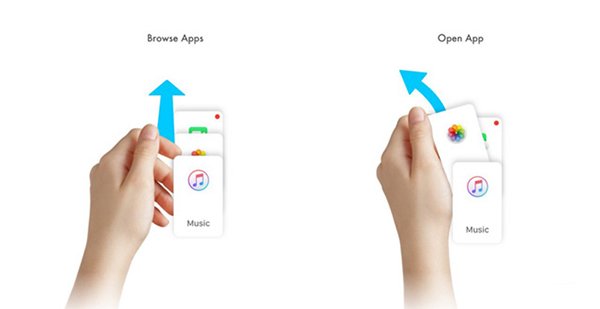
In this case, application cards are stacked and placed below the user's viewing point while providing a comfortable reach. The perspective provides a complete view of the application. Users simply browse the card and select the application that they want to launch.
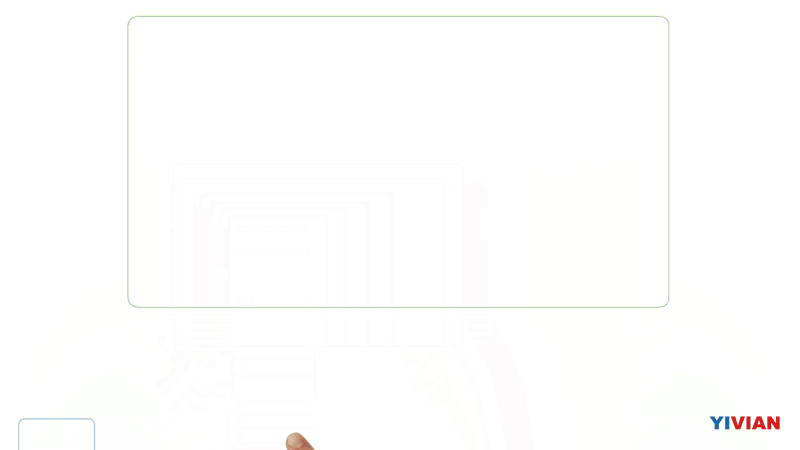
In a virtual environment, from handheld virtual devices to floating virtual displays, application cards can become various sizes.
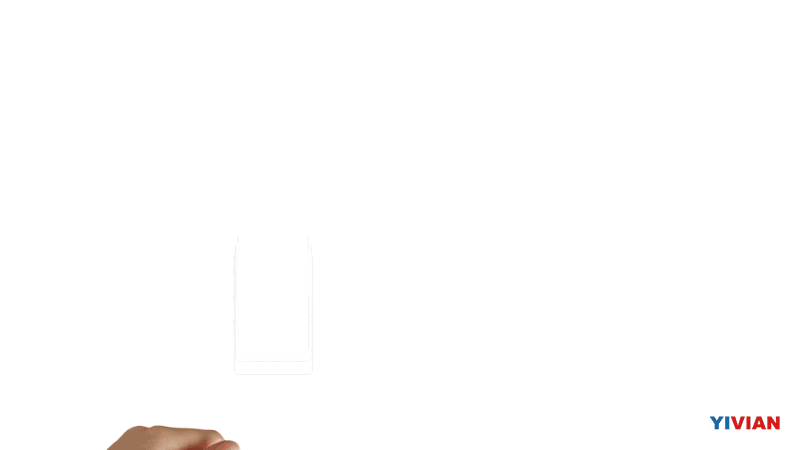
Virtual device operation and display panel
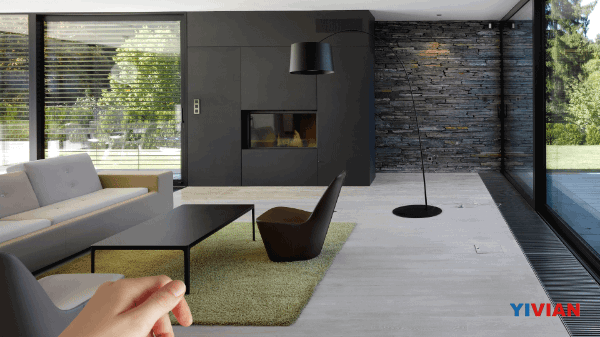
From application to device to display
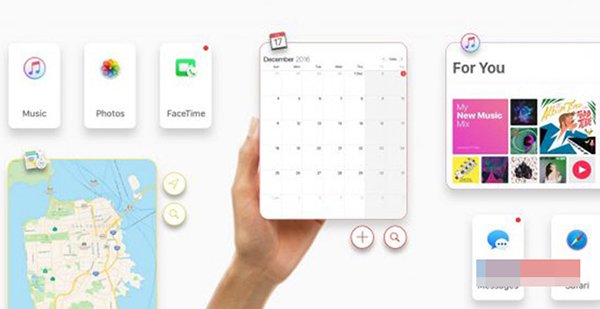
Prototype of application and virtual device
Switch between applications
This is an interesting way to open and close applications, but how do you switch between them? Inspired by Chris Harrison's research, I'm trying to use simple thumb gestures to navigate applications and views. Due to the following two factors, we can perform these operations with ease and even operate with closed eyes: Proprioception (perception of body part weight and position) and tactile feedback (apply to skin contact and friction).
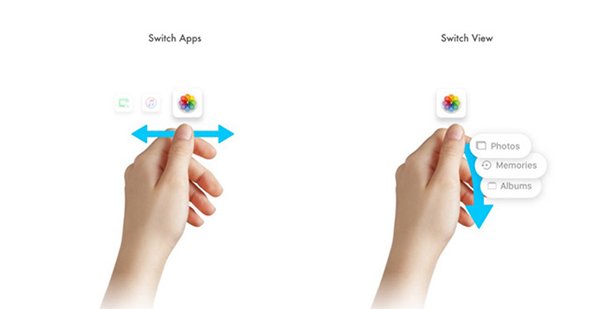
Thumb gesture
Due to friction caused by the thumb's sliding, we can feel continuous haptic feedback. Prototyping using tactile and visual feedback allows you to easily switch between views.
Tools and Control
When the left hand controls the basic navigation, the right hand can freely perform other operations by using a virtual tool. The results of these operations are displayed in the virtual display panel in front of the user.
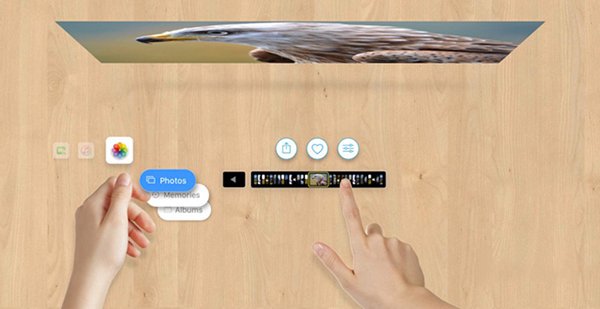
Aerial view of picture browsing environment
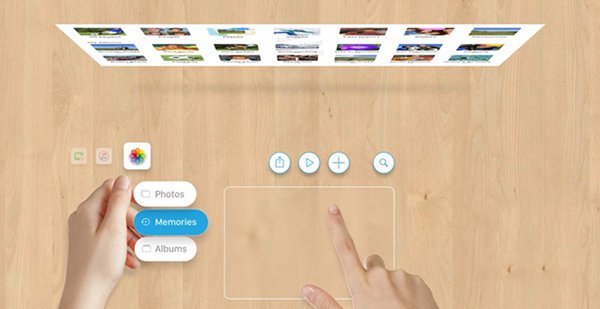
Swipe through pictures
But the flat interface is not always available, and in order to be able to interact with any environment, users also need to use other types of gestures. Mid-air gestures can help, such as making proper framing.
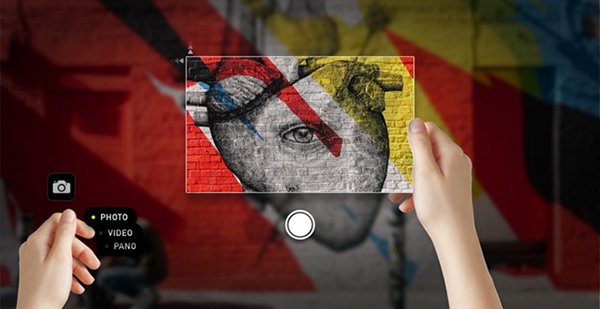
At present, this kind of high-moisture lignite cannot be stored and transported for a long time, and its storage capacity is still large all over the world. High-moisture lignite has the characteristics of high moisture, flammability and explosiveness, and generally needs to use a fan coal mill for grinding. As the core component of the fan coal mill, the blow wheel plays a vital role in the operation of the entire unit.
Beater Wheel,Beater Wheel Mill,Back Plate Processing,Beater Wheel Back Plate
Shenyang Zhicheng Heavy Machinery Manufacturing Co., Ltd. , https://www.zhichengmachinery.com